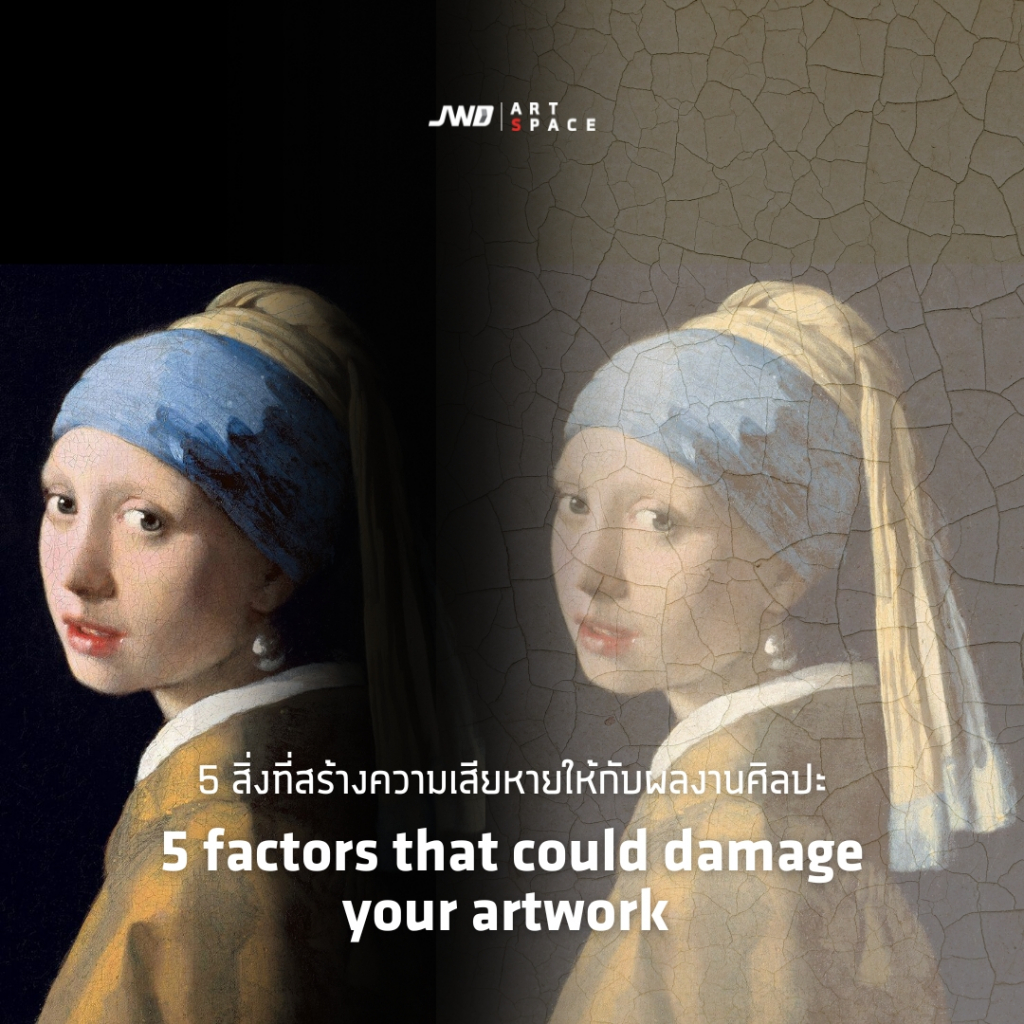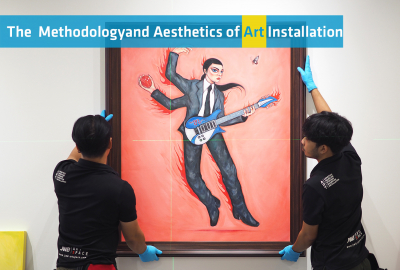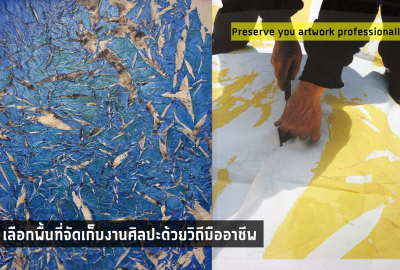
5 Factors That Could Damage Your Artwork
It is common for some individuals to associate the concept of “art” with the display of artworks in galleries or museums. However, artworks also serve as popular decorative items that possess the ability to enhance the beauty of your home. They play a crucial role in filling empty walls and contributing to a more cohesive and polished appearance, resulting in a sense of completeness and visual appeal in a space. Displaying a collection of artworks on the walls is undoubtedly an excellent approach to crafting a distinctive interior design for each room.
In addition to the aesthetic appeal that artworks provide to our living spaces, they also hold significant intrinsic value derived from the creative ideas of the artists. Once we have adorned our homes with art, it is natural to wish for the artworks to retain their value for an extended period of time. To preserve the value of the artworks, it is essential to provide them with proper care. There are several factors that can potentially harm your paintings. Here are five factors that should be avoided to ensure the longevity and preservation of your artworks.
1. Exposing paintings in direct sunlight for a long time
For humans, sunlight has both benefits and drawbacks to the body. However, when it comes to paintings, prolonged exposure to sunlight can cause the colors and details of the artwork to fade, and the protective varnish can deteriorate more rapidly. In fact, significant damage from sunlight can be irreversible. If you notice that your painting is being exposed to direct sunlight, it is advisable to promptly relocate the artwork to a different area.
2. Placing paintings in rooms with excessive moisture
To enhance the aesthetic appeal of every corner in your house, many individuals may choose to decorate each room with paintings. However, not every room can be decorated with paintings. Rooms with excessive moisture, such as kitchens or bathrooms, pose a threat to the integrity of your artwork. The high humidity levels in these areas can lead to the formation of mold on the canvas, causing damage to the paintings.
3. Using improper mounting technique
When a painting is hung using improper fixings, the weight distribution may become uneven, putting stress on the supports and the artwork itself. This can result in damage such as creases, rips, or warping of the canvas or board. Additionally, improper hanging increases the risk of the painting accidentally falling off the wall. It is important to use appropriate fixings and hang artwork on a flat surface. Covering protruding objects such as outlets, wires, or fuse boxes with a painting can result in indentations, stretched canvas, or tears in the artwork.
4. Placing objects near or directly on the artworks
Before mounting a painting on the wall, one might consider leaning it against materials they perceive as soft and safe. However, it is important to note that artworks should not be placed anywhere other than a wall or a sturdy surface. Placing them on any other object can result in long-term damage. Furthermore, it is also important to avoid leaning any objects such as brooms, ladders, or other items in close proximity to your wall art. These objects can potentially fall and scratch the surface of the artwork.
5. Improper cleaning
When decorating a room with artworks, it is inevitable that dust will accumulate over time. Using a feather duster to remove dust from artworks is not recommended as it is considered an improper cleaning method. Although these tools may appear gentle, they can easily catch on any rough areas of the painting or scratch its surface.
Apart from these five factors, there are various other factors that can potentially damage artworks. To preserve their aesthetic value and ensure proper care, JWD Art Space offers consultation and comprehensive services for art collections in all formats, including installation, packing, and transportation. Our team of experts, along with our trusted partners in the art industry, are committed to delivering exceptional care for every artwork. With our expertise and commitment, you can trust that your artworks are in good hands.
Click here for more of our services
 Latest Articles
Latest Articles

Art service equipment that makes it all complete
Customer Stories It’s unfortunate to hear that some high-value artworks have bee...

Wooden Crate For You Artwork
Have you ever known this? A crate, or wooden packaging for storing artwork, is o...

The Methodology and Aesthetic of Art Installation
Art Installation and Key Considerations Many art service providers may offer gen...

Preserve Your Art Professionally
From the moment you buy an artwork, its countdown begins. As you store your art ...
 My Cart
My Cart